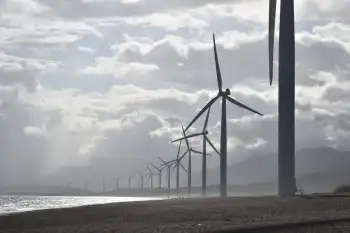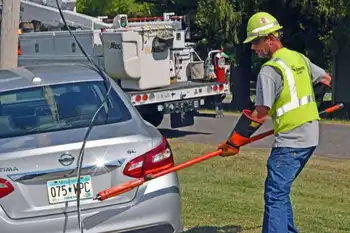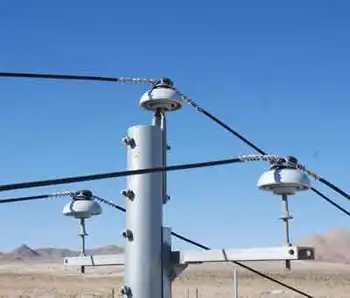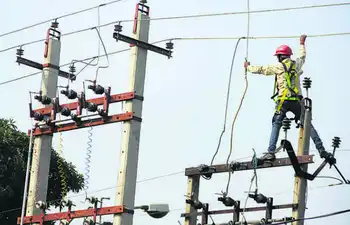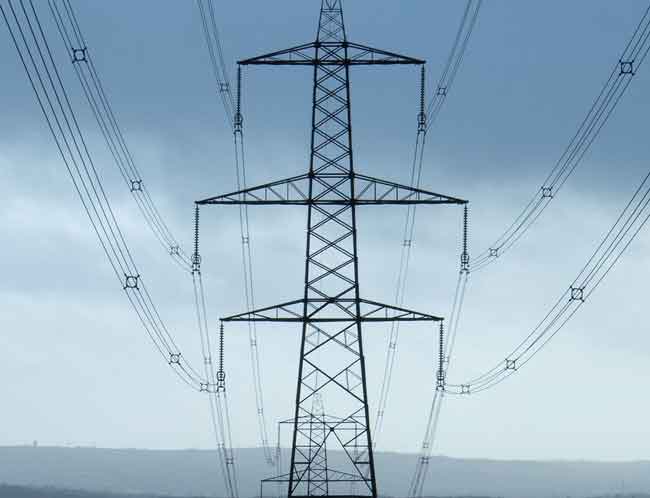Indian heavy electrical giants set to grow
By Industry Info Services
Substation Relay Protection Training
Our customized live online or in‑person group training can be delivered to your staff at your location.

- Live Online
- 12 hours Instructor-led
- Group Training Available
Clinching this prestigious deal marks a significant milestone for BHEL and India's heavy electrical industry in more ways than one. BHEL's first overseas order for CFBC boilers for a utility application paves the way for the enterprise to penetrate the European market for its environment-friendly product, which meets stringent emissions norms.
With a market capitalization of more than $25 billion that very few companies in this sector can boast, BHEL is one of a handful of global players that manufacture a full range of major power-generating equipment under one roof. The only problem for BHEL is bringing production and delivery up to a speed to keep pace with domestic demand for its "new" technology generating equipment.
The burgeoning growth of this public sector enterprise has come to reflect the overall progress of the nation's heavy electrical industry. India and China are the only two developing nations that currently have domestic production facilities for manufacturing the gamut of electric power generation and transmission equipment.
Most of the equipment currently operating in India's power sector has been manufactured, installed and commissioned by the domestic heavy electrical industry. With the target for additional power generation in the 11th five-year plan (2008-12) set at 78,530 MW, demand for heavy electrical equipment will continue to surge.
India already has a strong manufacturing base catering to this industry. The current annual production capacity is about 7,086 MW of thermal, 2,500 MW of hydroelectric and 829 MW of gas-based power-generation equipment. Currently capable of manufacturing equipment for transmission and distribution of up to 400-kilovolt (kV) AC and high-voltage DC, the industry is in the process of upgrading its facilities to undertake power transmission of 765 kV AC.
The government has de-licensed the industry and allows foreign collaborations with 100% foreign direct investment. Larsen & Toubro and Mitsubishi Heavy Industries Limited have entered into a joint-venture agreement to establish a facility for manufacturing super-critical boilers.
With an initial outlay of $75 million, the joint venture intends to create a product portfolio catering to plant capacities of 500 MW to 1,000 MW. Heavy investments in research and development further propel technology advancements, enabling the industry to take up turnkey contracts for domestic and export markets.





